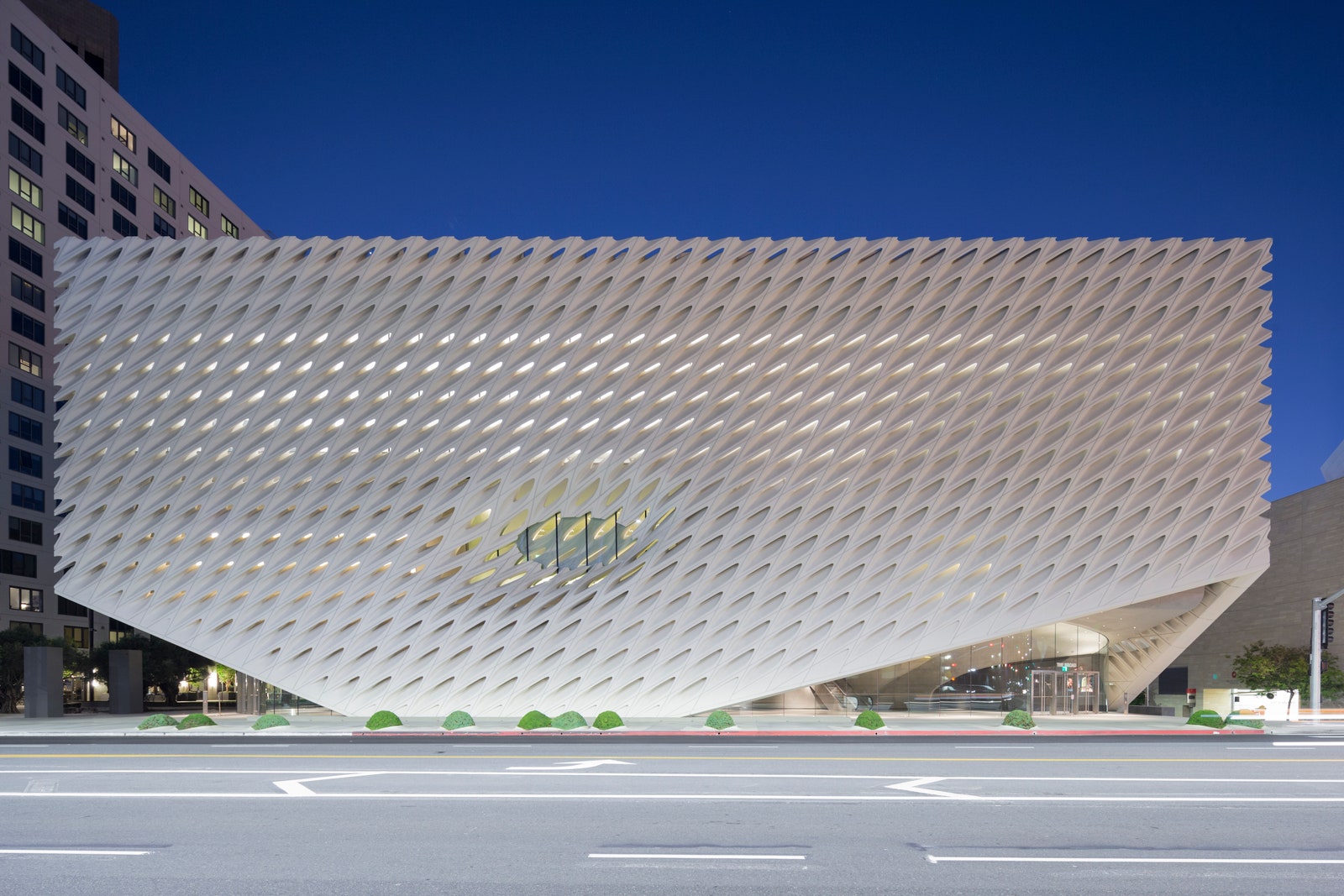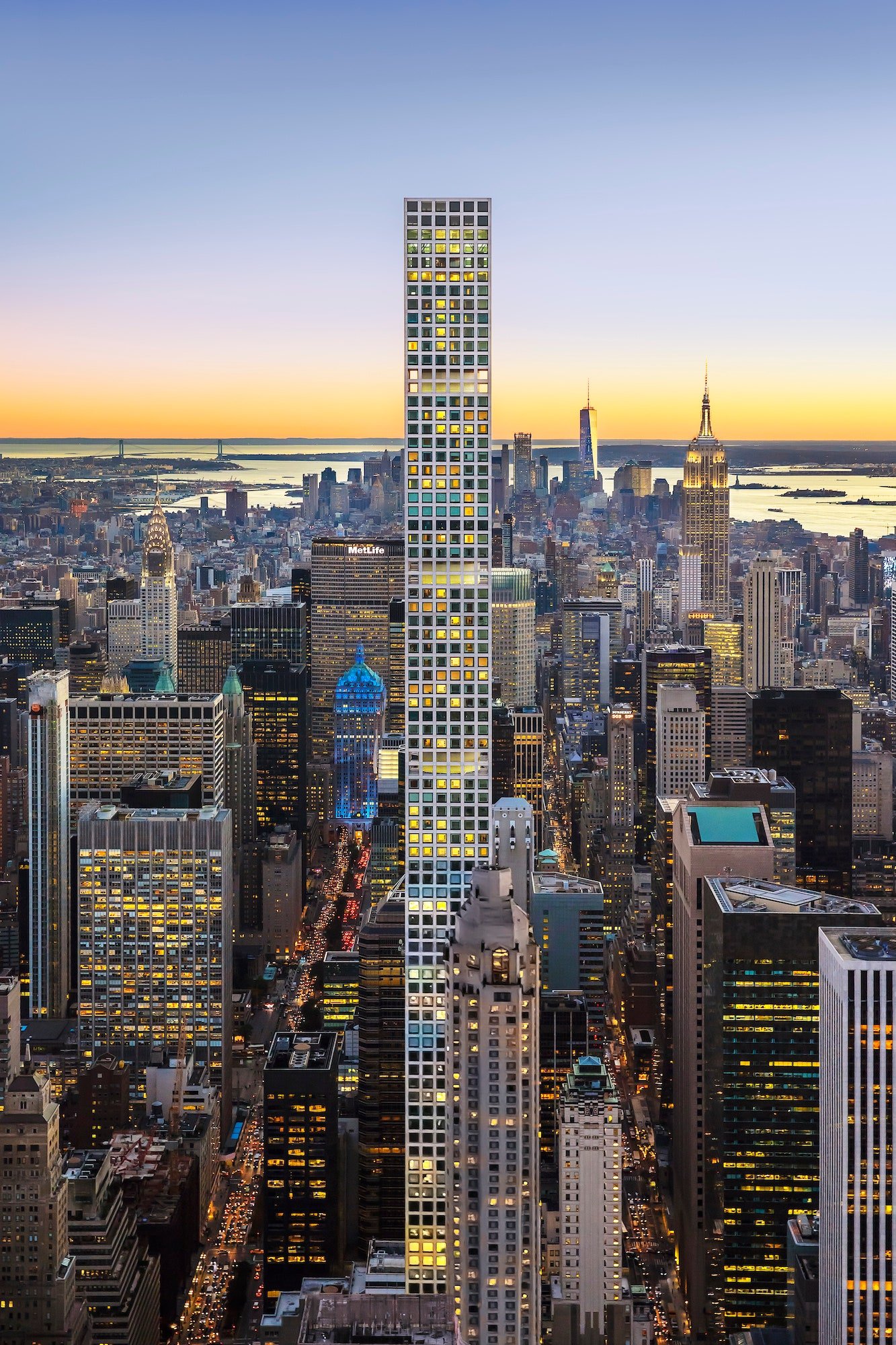The multiple meanings of employing architecture to meet all needs
The importance of employing architecture has been devoted since ancient times.
But what is the nature of this job? We will identify five distinct types of jobs that can be intertwined through skillful design.
Employment priority in architectural design emerged as early as the treatise of Ten 2000-year-old books on architecture by Vitruvius.
Vitruvius mentioned three basic components of architecture,
utility, stability and aesthetics, in other words, architecture must have a practical function.

But what constitutes this job?
A job has several layers of meaning, any or all of which can drive the design process for a specific project.
Here are five important types of jobs in architecture
Usage and user function
Functionality can refer to intended uses and activities, and that’s what architects call the program.
It is the human side of the job, working from the inside out as the urban design process begins with listening to each client’s needs.
The building’s position, shape, and features must reflect its intended use and the people who are using it,
while permitting future modifications or improvements.
Technical position
Structural and mechanical systems are critical to the function of architecture,
and these systems respond to site, program, and available building technologies.
Architects must have a clear understanding of the physical processes that support the construction and operation of a building.
This is why Omrania embraces technology and innovation in design, combining architecture with construction site supervision.
It should be good company practice in improving technical functions.

Environmental function
The architectural function can also be applied from the outside in, responding to the environment and context.
Building Enclosure Modifies the effects of sun, rain, dust and other elements,
as an advanced building envelope can reduce the amount of energy needed to maintain comfortable interior space,
and reduce maintenance costs for the owner.
Applying this sense, the functional design corresponds to sustainable environmental design.
Economic function
An optimal functional building is a sound investment for both large organizations and individual owners.
With the long-term economic interests of clients in mind, architectural firms seek to obtain locally available building materials,
to simplify the construction process, increase usable floor area, improve thermal performance,
simplify maintenance and cleaning activities, and take other measures designed to reduce life costs and enhance operational efficiency. .
In this way it translates the economic function of architecture.

- A symbolic job
Some types of jobs cannot be measured or expressed in mechanical terms, yet they cannot be ignored.
This is the case with civic and cultural projects that aim to embody the history,
values, and identity of a community or nation.
Embassies, for example, represent another country within the main state,
and public spaces and large religious buildings bring people together and thus highlight the idea of social unity.
From the above, it becomes clear to us that functionality in architecture has multiple meanings.
Returning to Vitruvius, it becomes clear that the benefit is often associated with the other fundamental values of durability and beauty.
The use or program functions may change over time,
but good buildings can be adapted to new types of uses, prolonging their usefulness and durability.
Thus if an architectural work is considered beautiful or at least satisfactory,
it is likely to be taken care of by its owners and users through the generations, again prolonging its career.
Functionality is the primary driver of design in architecture work,
while some other architects take a narrow, utilitarian view of function.
Functional design must align human use with both physical and environmental processes,
so that all parts of the building, from the smallest detail to the overall plan, work in harmony.
You May Like: How to design a future student bedroom



 العربية
العربية
Comments are closed.